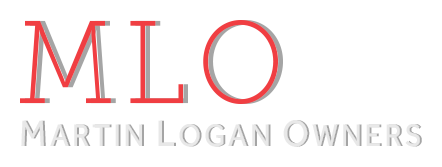Brewnoser
Member
Just bought my second pair of MLs after over 30 years with Aerius i’s. ESL 9 Classic. Listened to the 11’s and loved them but budget and a desire to keep bi amping with my babies - restored McIntosh 240 and 275 - plus a killer deal on a low use demo pair got me here.
I do have a question I can’t find an answer to elsewhere. I’ve been bi amping the Aerius with the higher power to the panels and lower to the wooofer. Plus a Klipsch powered sub really throttled down to very low frequency.
It seems to sound better this way. The tech who last cleaned up the amps says the 275 is the better of them. So I’m going with that in the part of the sound that seems to demand quality.
Thoughts?
I do have a question I can’t find an answer to elsewhere. I’ve been bi amping the Aerius with the higher power to the panels and lower to the wooofer. Plus a Klipsch powered sub really throttled down to very low frequency.
It seems to sound better this way. The tech who last cleaned up the amps says the 275 is the better of them. So I’m going with that in the part of the sound that seems to demand quality.
Thoughts?







